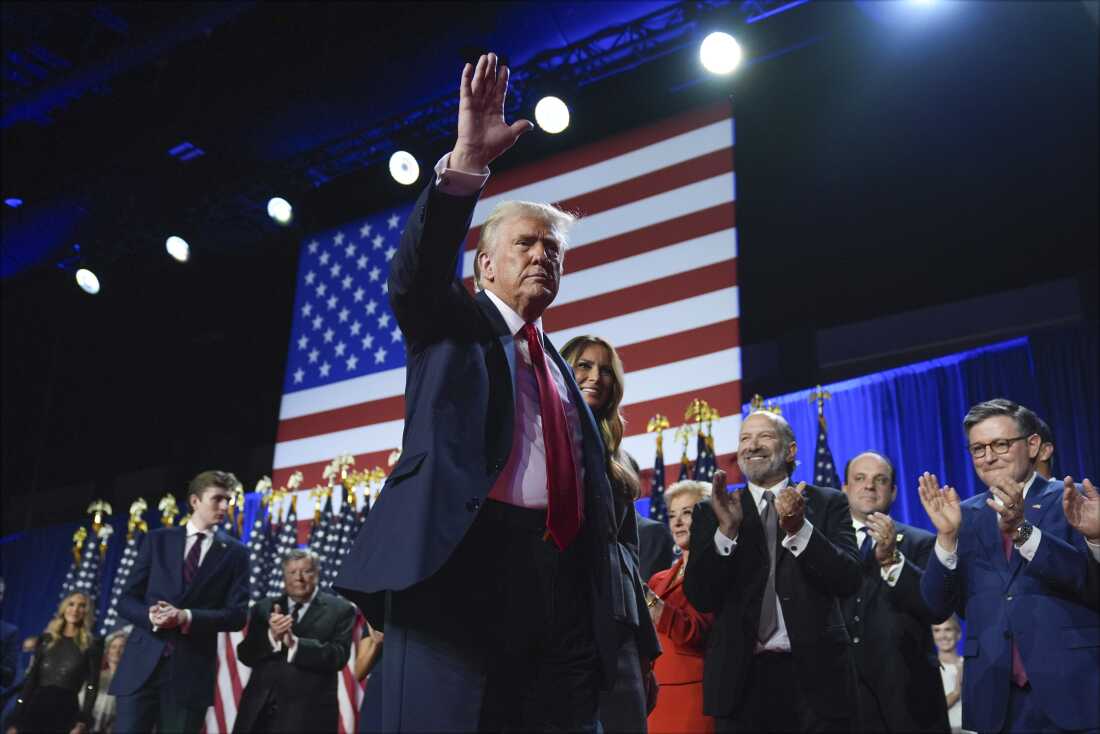Will Trump aim for an accord on the global financial system?
Talk has been swirling around the market for some time that President Trump might be aiming for an accord on the global financial system, possibly arranged at his Mar-a-Largo resort so that its name can go down in the annals of history along with the Plaza Accord, or Bretton Woods.

If we look at President Trump’s agenda, it is certainly possible to join a number of dots together that paint a picture of a global accord. For a start, Trump wants the US to be more competitive; particularly manufacturing. Tariffs are designed to help here but, as we have explained before, tariffs theoretically, and in practice, tend to lift the currency of the nation imposing the tariffs. In short, any good work done by tariffs faces a full currency offset.
Stephen Miran, Trump’s nominee to head the White House Council of Economic Advisors pointed out so much in a paper written not long after the election. Hence it seems that if the administration wants to avoid such an offset it needs some way to weaken the dollar.
In other words, Trump needs a way to have his cake and eat it, perhaps through an accord. The US President has long complained about the strong US dollar but also says that he wants the US dollar to dominate and threatens those that might seek to move away from the US dollar, such as the BRICS countries. Here too Trump wants to have his cake and eat it by retaining US dollar dominance but not the US dollar strength that seems to flow from it. The President’s wish list seems pretty long if, indeed, these are his wishes.
However, how can an accord at Mar-a-Largo, or anywhere else achieve this? Like tariffs, a policy of threatening others could be used but this time, instead of threatening tariffs if concessions to the US are not forthcoming, the idea is that the administration threatens reprisals, such as withdrawing security guarantees unless overseas holders of treasuries swap their notes and bonds for long-term (100 year) zero coupon bonds. It is claimed that this would provide a win-win of lower yields and a smaller budget deficit, with a third win being a lower US dollar given the two aforementioned factors.
Of course, we have no real way of knowing whether the administration is heading in this sort of direction. We do know that Trump does not like a high US dollar and his Treasury Secretary Bessent has spoken a lot recently about the aim of lowering treasury yields. So, there’s definitely something for the conspiracy theorists to cling on to. We might find out more about this in coming months given that part of the reciprocal tariff examination is to test whether countries have significant undervalued currencies against the dollar.
Indeed, the Standard Bank suspected that if there would be any pressure at all from the administration for US dollar weakness it won’t be through trying to lower bond yields via an asset swap but will, instead, be focussed on making countries with supposedly undervalued currencies act to ‘balance’ the FX market or face punitive tariffs. In other words, the focus won’t be on devaluing the dollar.
After all, Bessent continues to insist that the strong US dollar policy is “completely intact”. Instead, it is more likely to be focused on making other countries strengthen their currencies against the US dollar. If this is a more likely route, we clearly have to look out for those countries that might have the weakest currencies against the US dollar.
The Standard Bank has recently argued that the yen will be the strongest currency this year based largely on monetary policy divergence. But the yen has been an extraordinarily weak currency, losing some two-thirds of its value in real effective terms since the mid-1990s. The Trump administration could label many other currencies as being too weak, including the euro.
Now this bank is not saying that a Mar-a-Largo accord of the type that’s being sketched out is a total non-starter. The administration wants the US to be more competitive to reduce the trade deficit and one way to do this is to bring treasury yields down. But this is fraught with danger. Much better, in the Standard Bank’s view is the idea of putting the burden on others through the exchange rate directly as we’ve sketched out. Of course, we can’t say that it will happen but while it is a possibility the US dollar may remain soft.








